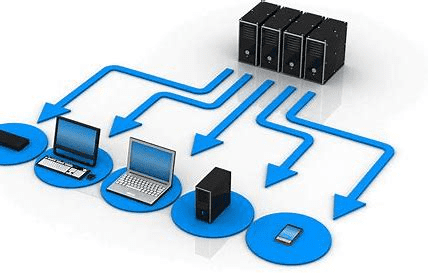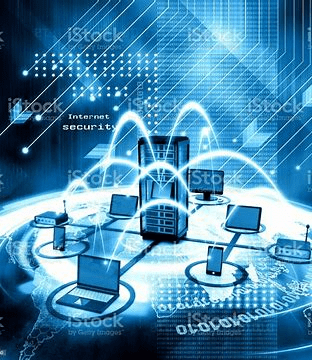The importance of information technology (IT) for a business in today’s day and age cannot be overstated. Right from a small startup to a big enterprise, the various aspects of the business involve the use of IT solutions and services. In that context, developing an IT infrastructure becomes crucial for service providers so as to remain relevant.
Meaning of IT infrastructure
When we talk of physical infrastructure of any economy, we refer to multiple sectors such as roads and highways, railways, airports, sea ports, energy, metals and so on. Similarly, IT infrastructure is also a network of more than one IT related component.
The most common services that are part of IT infrastructure solutions include hardware, software, network and ancillary services. Hardware includes the physical devices; software refers to the intangible part that actually runs the hardware and network is something that connects not just the hardware and the software but also helps the user access and run both.
When it comes to IT infrastructure, it is developed by IT service providers who then use it to serve businesses. Every service provider will have a separate type of infrastructure to suit its needs but the core components (as enumerated above) remain the same.

Components of IT infrastructure
The components that we have mentioned above are essential to a traditional IT infrastructure. In fact, several countries have adopted IT-friendly policies. IT infrastructure solutions Dubai has taken a huge leap in the past decade. Similarly, developing countries are leaving no stone unturned to make sure that this IT century becomes theirs.
Let us discuss the basic components of an IT infrastructure that enable a service provider to enable its clients to make the best use of their time and resources.
1 . Hardware – As stated earlier, this includes everything tangible or physical that is necessary for the IT infrastructure to actually run. This includes computer devices, switches, bulbs, hard disks, keyboards, mouse, wires and cables and so on.
Apart from the hardware that is common to most workspaces, certain solutions which are network based require a whole set of network related hardware such as routers, Local Area Network (LAN) cables, servers. Apart from that, power sources and cooling for those sources also form a part of hardware.
2. Software – In order to run the hardware, there is something intangible that is required. It is known as software. In simple words, all the applications which are used by an IT service provider come under the ambit of software. These may be applications that are used for the clients or for the enterprise itself.
The most important software is known as the Operating System (OS). As the name suggests, this piece of software helps the user in operating the whole infrastructure. It is the link between the hardware and the network.
The other aspects which come under software include servers which help in network connectivity and data storage, Customer Relationship Management (CRM) and Enterprise Planning applications. All these applications make life easier for the service provider as well as their clients.
3. Network – At the outset, it must be made clear that it is not a mandatory component of an IT infrastructure. In fact, before the invention of the World Wide Web, it was very much practical to have an IT infrastructure without having a network. But in the hyperconnected world that we live in, the thought of having an IT infrastructure without a network is only an academic discussion.
The role of a network in an IT infrastructure is two fold – communication and security. A network ensures that the user is in control by ensuring that there is seamless communication between the hardware and the software. Further, it ensures that there are no external attacks through firewalls and other safety mechanisms within itself.
Apart from these two functions, in the present times, data access and security can also be controlled by the use of a network. For instance, in any organization, all the data cannot be accessible to all the employees. A network that allows restricted access based on security clearance can help enterprises handle sensitive data effectively.

4. Humans – The creator of the hardware, software and the network and also the user are the human component of an IT infrastructure. Their importance does not need mention as it is self evident. It is impossible to run the infrastructure without them.
Like every field, there has been enormous innovation in the area of IT infrastructure solutions too. A traditional IT infrastructure would include hardware, software and network along with humans who run the show. Imagine if the demand is huge, for instance, a massive social media company. For the amount of data involved, you would need physical space as big as some small cities.
Technology advancement has provided an answer to the space and money problem too. In come, cloud IT infrastructure with services like cloud servers which can be rented by enterprises and the need to maintain your own servers and network does not arise at all. In fact, cloud computing has made the internet a much more democratic place for most people.